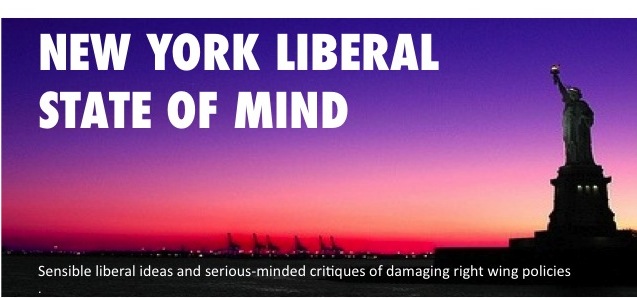In New York City call 311 to have trees planted in your neighborhood FREE. Elsewhere, you can get 10 FREE trees shipped to you from the Arbor Day Foundation by clicking here.
Happy Arbor Day. In 2007, New York City started a modestly ambitious campaign to plant 1 million trees on streets and in parks. So far, about 350,000 have been planted.
The goal should have been about 2.5 million, which would have represented one tree for every family in the city. Why up the number?
If every American family planted just one tree, the amount of CO2 in the atmosphere would be reduced by one billion pounds annually. This is almost 5% of the amount that human activity pumps into the atmosphere each year.
Trees also reduce the greenhouse effect by shading our homes and office buildings. This cuts down on air conditioning needs up to 30%, thereby reducing the amount of fossil fuels burned to produce electricity. This combination of CO2 removal from the atmosphere, carbon storage in wood, and the cooling effect makes trees a very efficient tool in fighting the greenhouse effect.
A single mature tree can absorb carbon dioxide at a rate of 48 pounds per year and release enough oxygen back into the atmosphere to support 2 human beings.
Each person in the U.S. generates approximately 2.3 tons of CO2 each year. A healthy tree stores about 13 pounds of carbon annually - or 2.6 tons per acre each year. So in a country of 300,000,000 people we need 150,000,000 acres of forest, although getting those acres in the right place is key.
Over a 50-year lifetime, a tree generates $31,250 worth of oxygen, provides $62,000 worth of air pollution control, recycles $37,500 worth of water, and controls $31,250 worth of soil erosion. (USDA pamphlet R1-92-100)
One sugar maple (12" diameter at waist height) along a roadway removes in one growing season 60mg cadmium, 140 mg chromium, 820 mg nickel, and 5200 mg lead from the environment.
Homeowners that properly place trees in their landscape can realize savings up to 58% on daytime air conditioning and as high as 65% for mobile homes. If applied nationwide to buildings not now benefiting from trees, the shade could reduce our nation’s consumption of oil by 500,000 barrels of oil per day. (American Forests Publication, “The Case For Greener Cities” 1999)
The maximum potential annual savings from energy conserving landscapes around a typical residence ranged from 13% in Madison up to 38% in Miami. Projections suggest that 100 million additional mature trees in US cities (3 trees for every unshaded single family home) could save over $2 billion in energy costs per year. (McAliney, Mike. Arguments for Land Conservation: Documentation and Information Sources for Land Resources Protection, Trust for Public Land, Sacramento, CA, December, 1993)
For the sake of discussion, let's say that we can plant 100 million trees for $15 each. That's $1.5 billion in outlay. After 20 years in non-inflated dollars we would have saved about $40 billion in energy costs. We also would have created useful jobs for the underemployed and unskilled, beautified our country, saved the wear and tear on air conditioners, captured run-off water, lowered overall pollution, raised oxygen levels in the atmosphere, cut health care costs and improve our spiritual well-being.
In 10 years, for a total outlay of $15 billion, we would have one billion more trees and would have saved $400 billion in energy costs. Can you think of a more inexpensive, efficient, non-controversial way to improve the environment?
Our Defense Department budget for 2010? $685.1 billion, which represents a 3% increase over 2009 or $22.5 billion. Just the increase over one year would more than cover the planting of 1 billion life-giving trees. What in God's name is wrong with us?


























